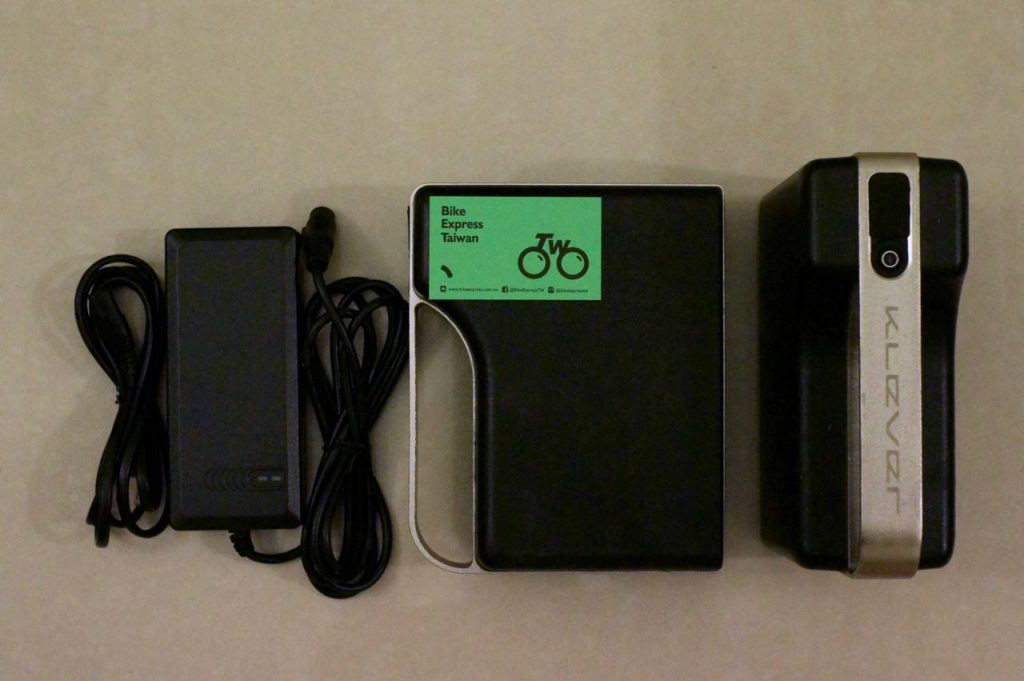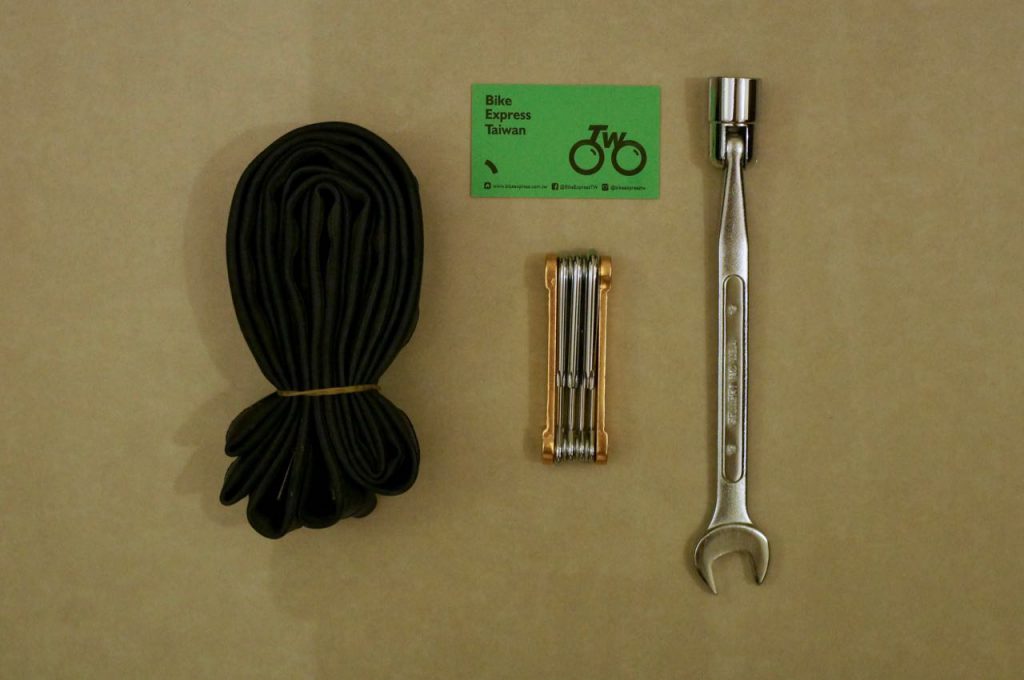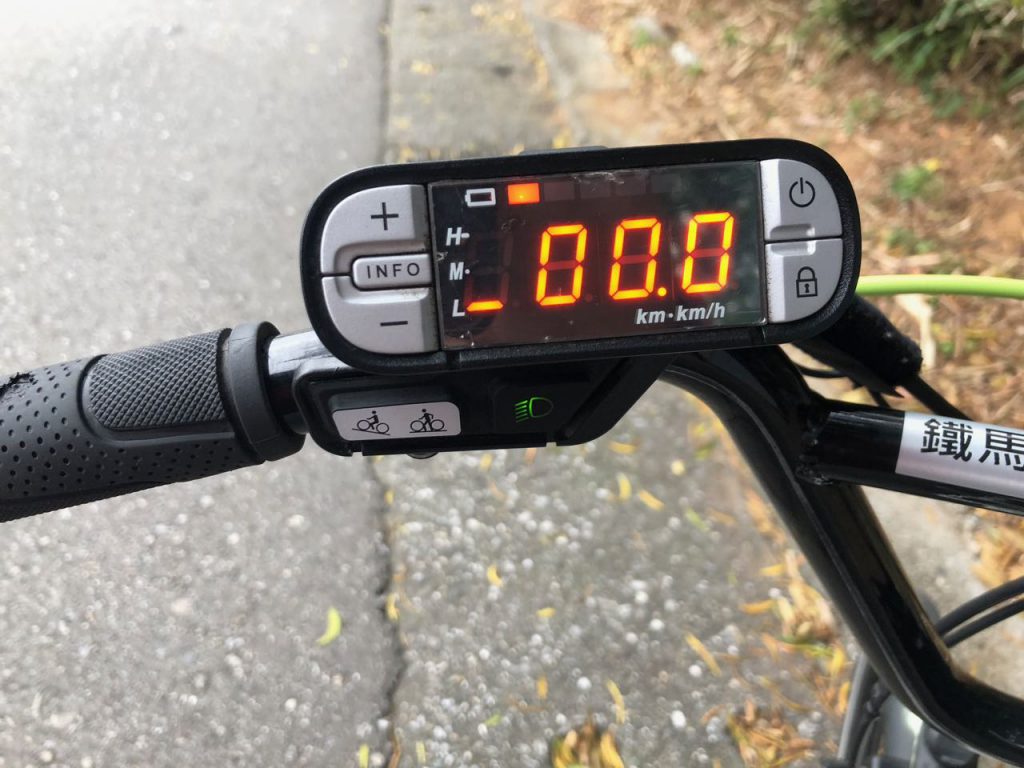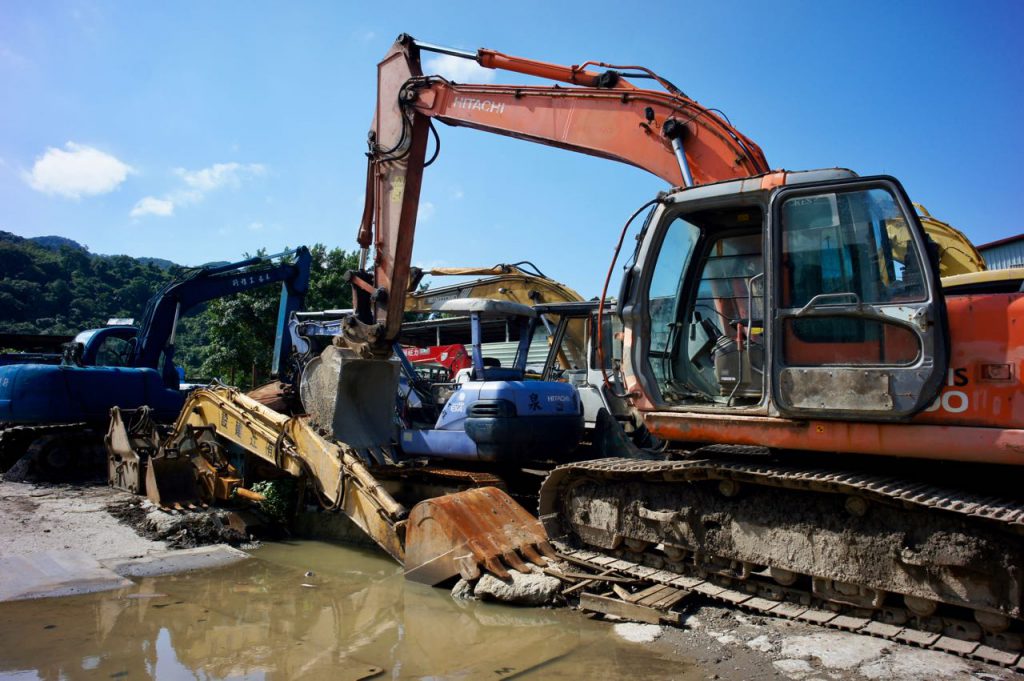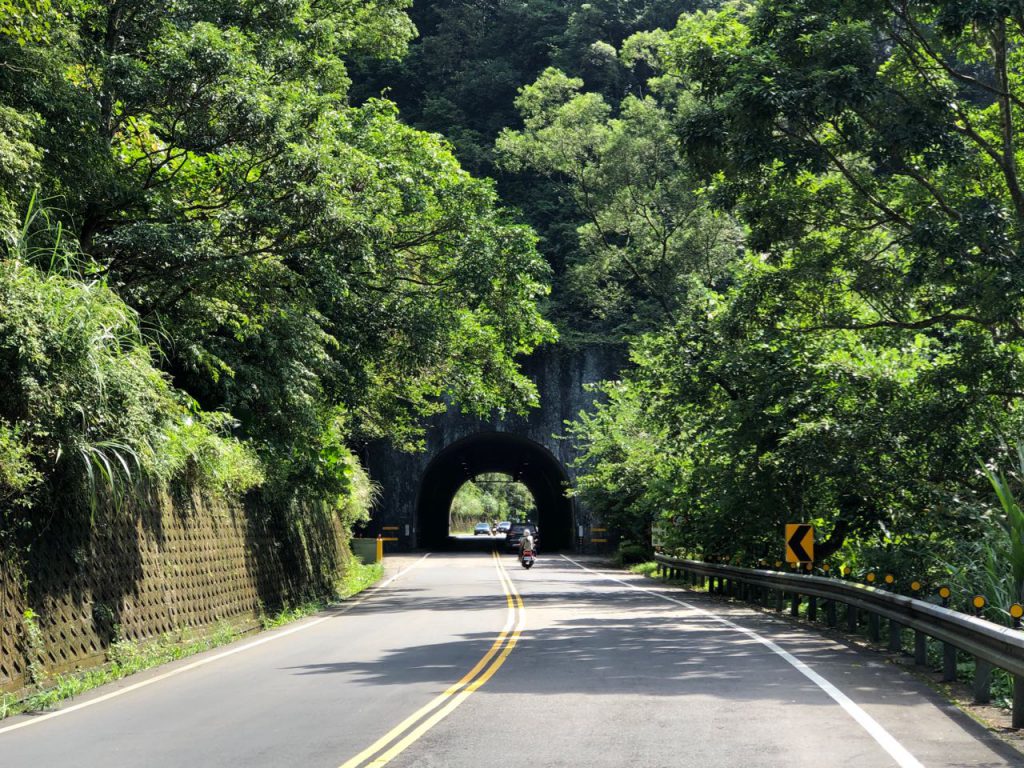We have been receiving enquiries about e-bikes for hire from time to time. So we asked around and were introduced to an e-bike manufacturer, Klever Mobility, who generously loaned us an e-bike for a try.
An e-bike, or a so-called pedelec (from pedal electric cycle), can be compared to smartphones in its infancy. There used to be palmtop computer makers who tried to add the functions of a telephone to their PCs, and mobile phone makers who tried to make their phones run computer applications. This is what’s happening in the motorbike and bike manufacturing industries. Klever Mobility is a daughter company of Kymco, a well-established local manufacturer of scooters and motorcycles with more than 50 years’ experience, who has also been working on electric mobilities for more than 20 years. Founded in 2011 and carrying with it years of invaluable experience in building machine-powered bikes, Klever Mobility commits itself to designing and building the hybrid that can unlock the full potential of electric mobility and offer the best riding experience.
In terms of motor positioning, there are two major types of e-bikes at the moment: hub-drive and e-drive. Hub motors, which place the electric motor in the center of a bicycle wheel, are certainly the most common form of electric bicycle motors.
Mid-drive motors, which house the motor closer to the center of the bicycle and transfer the motor’s power to the rear wheel via the bicycle’s chain drive, have become much more common over the last 2-3 years, and are cutting significantly into the hub motor’s lead as the king of the e-bike motors. (1).
The Klever e-bike loaned to us is a member of the low step-through and full suspension B series, belonging to the hub-drive family. It comes with an in-house developed rear drive system called BIACTRON, which consists of a 350W gearless and brushless rear hub motor with torque sensors, capable of regenerative coasting and braking. The 470Wh battery is rectangular in shape, which makes it easy to be packed in most touring bags. When in use, it will be put inside a slot in front of the bottom bracket. It helps to keep the centre of gravity low.
As to the non-electrical, human-powered system, it has a 48-tooth chainring and a set of Shimano Deore 10-speed cassette (11-32 Teeth). One may take note when doing the maths on the gear ratio that the size of the wheels are 24 inches. A standard mountain bike comes with 26 inches wheels.
When everything is fixed to the newly designed robust aluminum frame, must say it looks more like a scooter than a bike – it may not be a surprise when we consider its lineage. I had been quite skeptical about the effectiveness of the pedals of e-bikes, after seeing enough e-bike riders on the streets using their pedals as mere footrests. So, to see whether my skepticism is legitimate, I started the test ride without a battery. Turned out it ran very smoothly. The motor did not get in the way of my pedalling; it even managed to turn a small portion of my energy spent to power up the rear lamp. I found it a nice feature because it helps to keep us safe on the road even when the battery runs out. I cycled for a couple more kilometres. The extra weight from the robust frame and the motor had not slowed me down until I needed to do some climbing and when gravity came into play. Without a smaller chainring (e.g. 30 or 22 T), the gear ratio made it hard for me to climb some steeper slopes. Of course this is not really an issue, considering it is an e-bike and you are not supposed to ride an e-bike without a battery. But now I know its limitations and I know I have to make sure I have enough juice when I am going out for a hilly route.
Next, time for some more serious testing. Now that I have electrical power at my disposal, I could be more ambitious when I was planning my routes. We want to see if it’s good for bike-touring. Lois and I used to cycle for about 50km a day without much climbing when we were bike-touring. We are both not competitive riders and we stop (for breaks, for sightseeing, for coffee, for snacks…) a lot. We may be able to cover more ground with an e-bike. I planned two routes, but first, I need to learn how to replace a tube in case of a flat tire. The tires of the Klever e-bikes are so sturdy a flat tire or punctured tire is very rare indeed. But still. Klever Mobility is kind enough to arrange a demo session for me in their workshop. The procedure to change an inner tube is exactly the same as what needs to be done with an ordinary bike, except that the wheels are much heavier, especially the rear one, which has a heavy motor attached to it. The front wheel has a quick release but the rear one is fastened to the dropouts with bolts. The electric plug to the motor is locked with a star screw. So, in addition to the hex keys, a 19 mm socket wrench and a T25 star key are also needed. I will need to make sure I have all the tools with me when I go somewhere remote because, if there is a flat tire and I am not able to fix it, Lois, a licensed but incompetent driver, won’t be able to come save me.
The first route I rode is a hilly one from Nangang to Ruifan along the County Highway 109 and 106, just to test how well the e-bike can climb. Then I returned home from Ruifan via Provincial Highway 2D (shown on googlemaps as 2丁) and Provincial Highway 5 (total Distance 77km; elevation gain 1,384m; maximum elevation 490m). I weight around 78kg and I packed an extra battery, which make the total weight around 85kg. The BIACTRON motor system has sensors to detect my pedaling force and provides additional push accordingly. With pedal assist at the lowest level, I managed to climb the first 233m peak on the County Highway 109 by shifting the rear gears. It was quite a steep one; I gained 200m in 3.5km.
As I was descending to the junction of the County Highway 106 (elevation 50m), the regenerative coasting was kicked started when the e-bike hit 35km/h. Then there came some steeper descends and I reached around 45km/h. The console beeped to warn me about exceeding the speed limit. Other than that, the e-bike worked quietly. You can hardly noticed any sound coming from the motor.
The next peak was 290m. It was a mild one because it took 13.5km to gain 240m of elevation. I paused frequently to take pictures of the villages in the outskirt, like Shiding, Jingtong, Pingxi and Shifen. It’s in general a very comfortable ride except I had to share the road with the roaring motorbikes. This is a very popular route for bikers, too.
The final climb came right after Shifen. I started at 173m of elevation and reached 488m. It was an elevation gain of 315m in 5.8km. At some points, I needed to push the assist level to the highest. The muscles on my legs were getting tired and the battery was coughing up its last bits of power. But we did it. We made it to the top without having to switch to a new battery. I was impressed by its endurance.
As I was descending to 55m of elevation, on a 10km ride towards Ruifang, the e-bike harnessed some power back to recharge the battery. And I recharged myself with a late lunch at Ruifang.
I started my return leg with my fellow old battery. I wanted to see how far it could go. There wouldn’t be any more climbing and I had set the pedal assist to the lowest level. It should be able to last for a bit longer. And that was when a mutiny happened – a cramping leg. Alright! Time to switch to luxury mode. I swapped in the fresh battery and headed home with pedal assist set to a higher. The second battery was still half full when I got home.
Check out the elevation profile on my Strava link here.
https://www.strava.com/routes/16388043
Reference:

